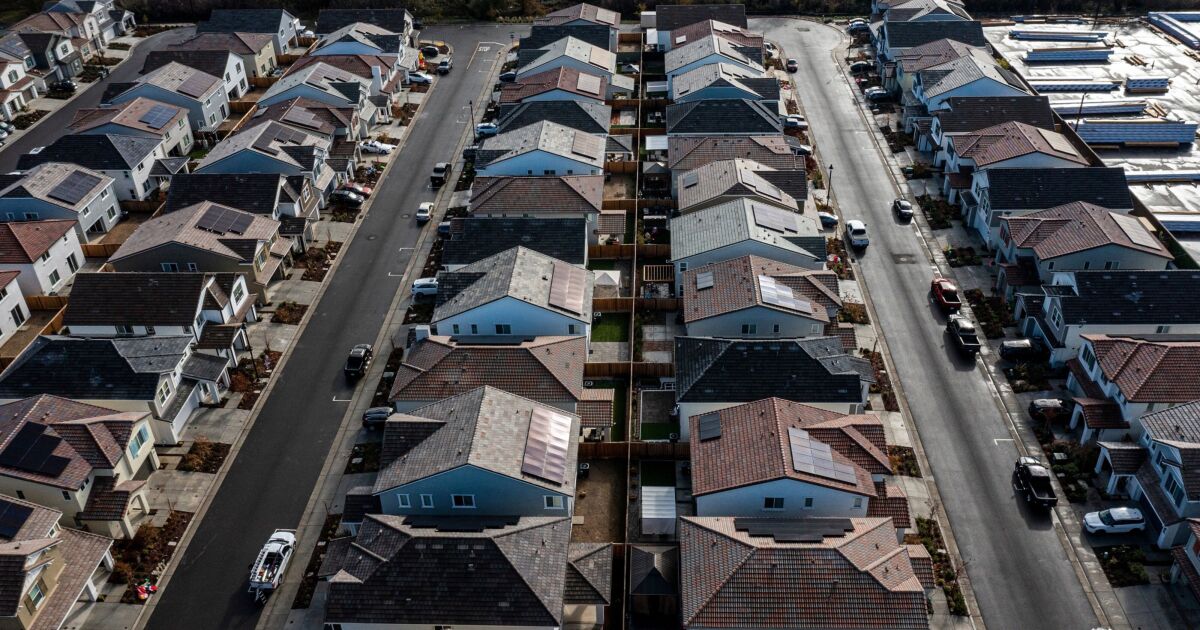
Mortgage rates dropped a basis point this week, reaching the lowest level since Freddie Mac started tracking this data, even though yields on the benchmark 10-year Treasury increased 7 basis points.
“Treasury yields, which typically coincide with shifts in mortgage rates, rose to their highest level in three weeks on Tuesday following renewed discussions regarding more fiscal relief,” Matthew Speakman, an economist for Zillow, noted in his weekly commentary on that company’s rate tracker issued Wednesday evening. “But rather than rising with them, mortgage rates have instead held firm.”
That might be a function of mortgage lenders keeping their pricing higher than expected in an effort to manage workflow, Speakman continued. As a result, they have less of an incentive to raise rates when the bond market shifts.“The Federal Reserve’s expected plans to continue their pace of mortgage-backed securities purchases is also likely to keep upward movements in mortgage rates in check,” Speakman said.
Meanwhile, limited inventory is having an impact on home sales, exacerbating the imbalance between supply and demand.
“While homebuyer appetite remains robust, the scarce inventory has effectively put a limit on how much higher sales can increase,” Sam Khater, Freddie Mac’s chief economist, said in a press release. “Unfortunately, the record-low supply combined with strong demand means home prices are rapidly escalating and eroding the benefits of the low mortgage rate environment.”
The 30-year fixed-rate mortgage averaged 2.71% for the week ending Dec. 3, down from last week when it averaged 2.72%. A year ago at this time, the 30-year fixed-rate mortgage averaged 3.68%.
The 15-year fixed-rate mortgage averaged 2.26%, down from last week when it averaged 2.28%. A year ago at this time, the 15-year fixed-rate mortgage averaged 3.14%.
The five-year Treasury-indexed hybrid adjustable-rate mortgage averaged 2.86% with an average 0.3 point, down from last week when it averaged 3.16%. A year ago at this time, the five-year adjustable-rate mortgage averaged 3.39%.
So, two of the same drivers of this week’s mortgage rate movement — quantitative easing and a remedy for the pandemic — will continue to influence movement in the short term.
“Looking ahead, even with several key economic reports due to be released in the coming days — including the November jobs report — it appears that political, epidemiological and policy-driven developments will be the main drivers of mortgage rates in the near term,” Speakman said.



